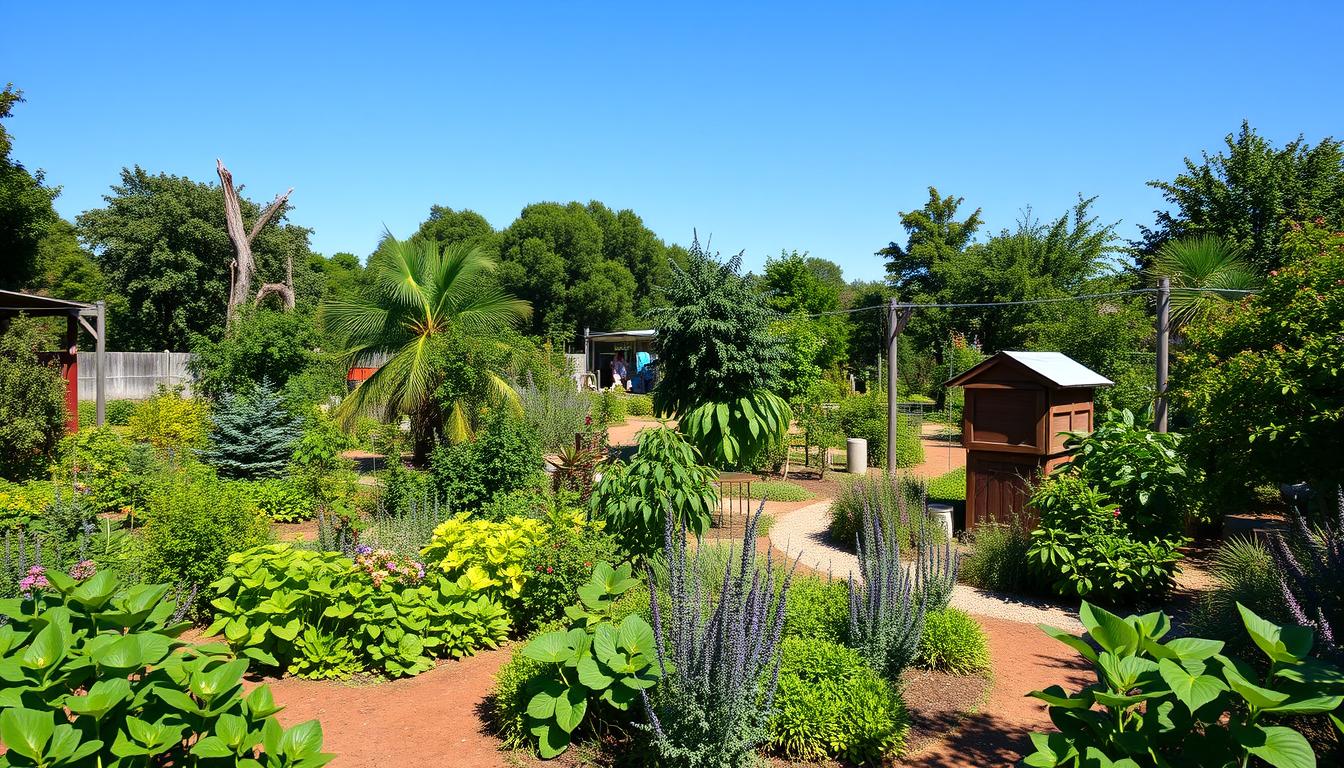Permaculture is more than just a method for gardening—it’s a holistic design philosophy that draws inspiration from nature to create sustainable, self-sufficient systems. At its core, permaculture is about understanding and working with natural ecosystems, ensuring that human activities not only survive but thrive in harmony with the environment.
The Essence of Permaculture
Permaculture began as a concept in the 1970s, emerging from the ideas of people like Bill Mollison and David Holmgren. It is built on the premise that by observing and mimicking the patterns and relationships found in nature, we can design systems that are both productive and resilient. Whether applied to agriculture, urban planning, or even community development, the guiding principle is to create environments that regenerate themselves rather than deplete resources.
The Ethical Foundation
At the heart of permaculture lie three core ethics:
-
Earth Care: This ethic emphasizes the protection and preservation of our planet’s ecosystems. By treating the earth as a living entity that nurtures us, we commit to practices that sustain and enhance the natural world.
-
People Care: Recognizing that the well-being of communities is intertwined with the health of the environment, this principle encourages practices that promote social justice, equity, and community resilience.
-
Fair Share: Also known as “return of surplus,” this ethic is about redistributing resources and limiting consumption. It calls for responsible management of resources to ensure that the benefits of nature are shared equitably among all.
These ethics serve as a moral compass for permaculture design, ensuring that every decision is made with respect for both human communities and the natural environment.
Core Principles of Permaculture Design
Permaculture is guided by a set of principles that translate ethical values into practical strategies:
-
Observe and Interact: Before designing any system, it is essential to spend time understanding the natural environment. Observations help identify patterns, such as water flow or soil fertility, which are critical in planning a resilient system.
-
Catch and Store Energy: Nature is abundant with energy—in sunlight, water, and wind. Permaculture designs aim to harness these energies efficiently and store them for future use, whether it’s through rainwater harvesting or solar energy.
-
Obtain a Yield: Every element in a permaculture system should serve multiple functions, ensuring that the system is productive. Whether it’s a fruit-bearing tree that provides food and shade or a pond that supplies water and supports biodiversity, maximizing yield is key.
-
Apply Self-Regulation and Accept Feedback: Sustainable systems need to be adaptable. By monitoring outcomes and embracing feedback, a permaculture design can evolve and improve over time.
-
Use and Value Renewable Resources: Emphasizing the use of resources that can be naturally replenished, such as organic matter or sunlight, reduces dependency on finite resources and minimizes environmental impact.
-
Produce No Waste: In nature, nothing is wasted. Permaculture promotes recycling and reuse, designing systems where the outputs of one process become the inputs for another.
Designing Sustainable Systems
The process of permaculture design is both creative and analytical. It involves mapping out all the elements of a site—its topography, water sources, existing vegetation, and microclimates. Designers then identify opportunities for integration, where one element can support another. For example, planting trees strategically can help manage water runoff, provide habitat for beneficial insects, and even reduce energy costs by offering natural shade.
Elements of a Permaculture Design
-
Zones: Permaculture often uses the concept of “zones” to prioritize areas based on the frequency of human use and management needs. The innermost zones are typically the most intensively managed, while outer zones require less intervention.
-
Sectors: These are external influences such as sunlight, wind, or noise. By analyzing sectors, designers can orient systems to minimize negative impacts and harness positive ones.
-
Stacking Functions: Every component of a permaculture design should serve multiple roles. A pond might provide water for irrigation, a habitat for fish, and a microclimate to support surrounding plant life.
Embracing Nature’s Wisdom
Permaculture teaches us that nature is the ultimate teacher. It shows us how to create systems that are efficient, sustainable, and inherently balanced. By working with natural processes rather than against them, we can design spaces that are both ecologically responsible and abundantly productive.
The permaculture movement has inspired countless individuals around the world to rethink their relationship with the environment. Whether you’re a gardener, a farmer, or simply someone interested in sustainable living, exploring permaculture principles offers a pathway to a more resilient and interconnected way of life.
As we face global challenges like climate change and resource depletion, the insights gained from permaculture become ever more valuable. They remind us that with careful observation, thoughtful design, and a commitment to ethical practices, we can create a future where both people and the planet thrive in balance.

Comments
No comments yet. Be the first to comment!
You must be logged in to comment. Login